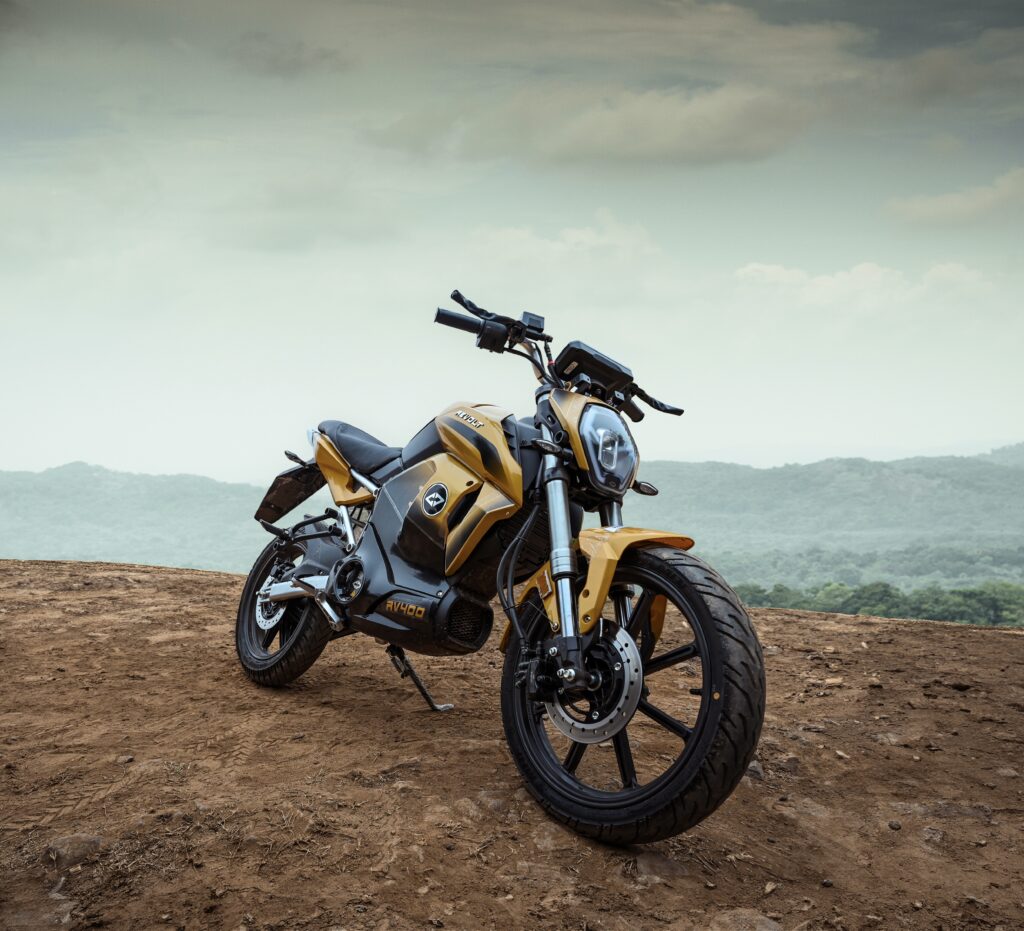Electric bikes are revolutionizing transportation, offering an eco-friendly and cost-effective alternative to traditional petrol-based vehicles. But to truly embrace this sustainable shift, understanding your electric bike’s battery is essential. It’s the heart of your electric ride, powering your adventures. This guide will explore key strategies to ensure you get the most mileage and longevity out of your battery.
- Charge it Properly-
Charging your electric bike’s battery is the most fundamental aspect of its maintenance. To maximize a motorcycle’s battery lifespan, follow these guidelines:
- Regular Charging:
Unlike traditional vehicles, it’s beneficial to regularly charge your electric bike’s battery. Lithium-ion batteries, commonly used in electric bikes, prefer “shallow charging,” which means charging them at around 80% capacity instead of waiting until they’re almost empty. Keeping the battery charged and avoiding deep discharges will help you extend its overall health and lifespan.
- Avoid Rapid Charging:
While fast-charging stations are convenient, excessive use of rapid charging can negatively impact your battery’s health. Whenever possible, use a standard charger to maintain a steady and moderate charging pace.
- Opt for a High-quality Charger-
Investing in a high-quality charger is paramount to the well-being of your electric bike’s battery. Cheap and incompatible chargers may not provide the necessary safeguards, potentially leading to overcharging or inadequate charging. Opt for chargers recommended by the manufacturer to ensure compatibility and reliability.
- Smart Chargers:
Consider using smart chargers equipped with features such as overcharge protection, temperature monitoring, and automatic shutoff. These chargers are designed to optimize the charging process, preventing damage to the battery.
- Voltage and Current Ratings:
Ensure that the charger’s voltage and current ratings match with the motorbike manufacturer’s recommendations. Using an incompatible charger can jeopardize the battery’s performance and safety.
- Don’t Overcharge the Battery-
Overcharging is a common concern with electronic devices, and your electric bike’s battery is no exception. Over time, continuous overcharging can lead to reduced capacity and diminished overall performance. To prevent this:
- Set a Charging Timer:
If your charger doesn’t have an automatic shutoff feature, consider using a timer to limit the electric bike’s charging time. Charging your battery to 80-90% is usually sufficient for regular use and contributes to prolonged battery life.
- Monitor Charging Cycles:
Keep track of your charging cycles. Modern lithium-ion batteries have a limited number of charge cycles, after which their capacity starts to decline. By staying mindful of your usage patterns, you can optimize when to charge your battery for the most effective results.
- Maintain the Right Battery Temperature-
Temperature plays a critical role in the performance and longevity of your electric bike’s battery. Extremes in temperature, whether too hot or too cold, can have adverse effects.
- Charging Temperature:
Ideally, charge your battery at temperatures between 50°F to 77°F (10°C to 25°C). Avoid charging when the battery or ambient temperatures are too high, as this can accelerate chemical reactions within the battery cells, leading to degradation.
- Storage Temperature:
When not in use, store your motorbike in a cool and dry place. If you plan to leave your bike unused for an extended period, charge the battery to around 50% and store it in a cool environment to minimize self-discharge.
- Store Your Battery Bike Properly When Not Using-
Proper storage is crucial, especially if you plan on leaving your battery bike idle for an extended duration. Follow these steps to ensure your battery remains in ideal condition:
- Partial Charge:
Before storing your bike, ensure the battery is partially charged (around 50%). This keeps the battery from entering a deep discharge state, which can be detrimental to its health.
- Disconnecting the Battery:
If possible, disconnect the battery from the motorcycle during long periods of inactivity. This prevents any potential parasitic draws that could slowly deplete the battery over time.
- Prevent Overloading the Battery-
Understanding the limitations of your battery is essential to avoid overloading it. Overloading can occur when the motorcycle is carrying excessive weight, climbing steep inclines, or operating in extreme conditions.
- Weight Distribution:
Ensure proper weight distribution on your motorcycle. Carrying heavy loads consistently can strain the battery and reduce its efficiency. Be mindful of the manufacturer’s recommended weight capacity.
- Moderate Speeds:
Avoid constantly riding at high speeds, especially in hilly terrains. High speeds can increase the energy demand on the battery, leading to faster depletion and a shorter overall lifespan.
Making the most of your motorcycle’s battery involves a combination of proper charging practices, smart usage, and attentive maintenance. By following these guidelines, you not only optimize the performance and longevity of your battery but also contribute to the sustainability and eco-friendliness of electric transportation. So, adopt these strategies, and enjoy a smoother and more efficient ride on your electric bike.
You may also like
-
Elevate Your Speed Experience with Toyota’s New Models
-
Expert Power Window Repair Services at A Plus Auto Glass in Houston, TX
-
Isuzu Truck Windshield Repair and Replacement by Imperium Auto Glass in Houston, TX
-
Comparing Four-Post and Two-Post Automotive Lifts: Which Is Best for Your Needs?
-
How Do Armored Sedans Balance Performance with Safety?


